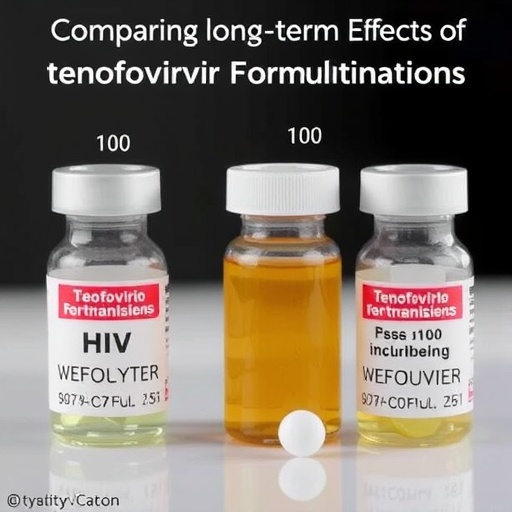Inflammation is part of the body's natural healing process. But when it becomes chronic, inflammation can lead to cancer, Alzheimer's disease and other conditions. Inflammasomes — protein-based molecular machines — trigger inflammation in response to different signals generated by cell stress, tissue injury or infectious organisms.
In a study published online July 25 in the journal Nature, University of California San Diego School of Medicine researchers identified a signaling pathway that activates the NLRP3 inflammasome implicated in several severe chronic inflammatory disorders.
"It has been obvious for some time that, when available, drugs that turn off the NLRP3 inflammasome, but not other inflammasomes, will be very useful for treating a variety of inflammatory disorders, from osteoarthritis to Alzheimer's disease and cancer," said Zhenyu Zhong, PhD, first author and UC San Diego School of Medicine postdoctoral researcher. "Until now, it was not clearly understood how environmental stress and tissue injury activate the NLRP3 inflammasome and, without such knowledge, it was impossible to rationally design specific inhibitors of the NLRP3 inflammasome."
Interleukin 1β (IL-1β) is an inflammatory cytokine or hormone responsible for beneficial and adverse effects of inflammation. Normally, IL-1β is produced in very low amounts, but in response to injury, environmental stress, infection or chronic inflammation, production of IL-1β is highly increased.
Production and secretion of IL-1β is regulated by inflammasomes. In addition to an enzyme called caspase-1, inflammasomes contain sensor proteins that respond to different signals generated by cell stress, tissue injury or infectious organisms. One of the most important and versatile sensors is NLRP3, which is responsible for inflammasome activation and IL-1β production in response to tissue injury or different microparticles, including asbestos and silica dust. NLRP3 activators include microcrystals of cholesterol or uric acid, which trigger the inflammation associated with atherosclerosis or gout, respectively.
Working with Michael Karin, PhD, Distinguished Professor of Pharmacology and Pathology, Zhong and colleagues describe the critical role that the enzyme cytosine monophosphate kinase 2 (CMPK2) plays in the activation of NLRP3 and IL-1β production and subsequently in chronic inflammatory disorders. CMPK2 belongs to a family of enzymes called nucleotide kinases, some of whose members have already been successfully targeted by the pharmaceutical industry.
"I predict that specific inhibitors of CMPK2 can be easily and rapidly developed," said Karin, senior author. "Once available, such compounds may provide us with new treatments for many diverse untreatable and common illnesses, including osteoarthritis, Alzheimer's disease and lung cancer."
According to Karin, in gout and osteoarthritis CMPK2 inhibitors might reduce inflammation, pain and tissue damage. In Alzheimer's and Parkinson's, they may slow progression and loss of cognitive function.
A recent, unaffiliated trial showed that administering an antibody targeting IL-1β reduces the likelihood of a second cardiac infarction in patients who already have undergone one heart attack. Further analysis of the data found that it had an even greater positive effect in patients with lung cancer, Karin said.
"Unlike IL-1β antibody, which blocks IL-1β that is produced in response to bacterial infections, the CMPK2 inhibitor will only prevent IL-1β induction in response to tissue injury or micro particles," said Karin.
###
Co-authors include: Shuang Liang, Elsa Sanchez-Lopez, Feng He, Shabnam Shalapour, Jerry Wong, Bernd Schnabl, Tatiana Kisseleva, UC San Diego; Xue-jia Lin, UC San Diego and Jinan University; Siyuan Ding and Harry B. Greenberg, Stanford University and VA Palo Alto Health Care System; Ekihiro Seki, Cedars-Sinai Medical Center; and Andrea L. Hevener, UC Los Angeles.
Media Contact
Yadira Galindo
[email protected]
858-249-0456
@UCSanDiego
http://www.ucsd.edu
http://dx.doi.org/10.1038/s41586-018-0372-z




